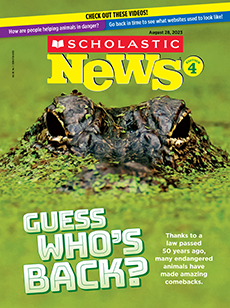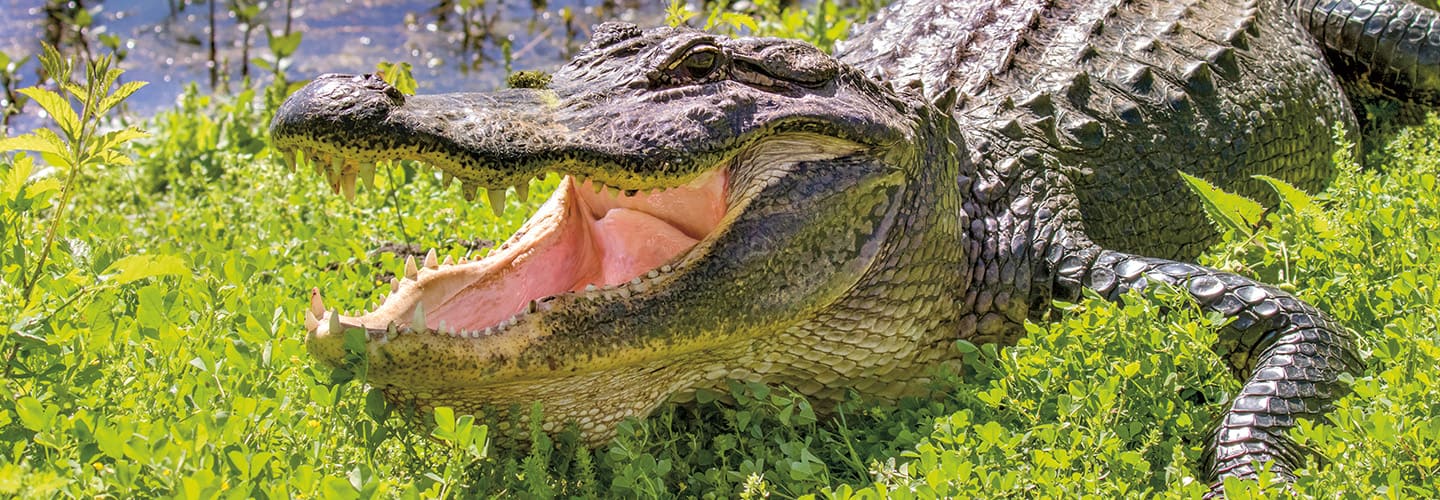What do a green sea turtle and a Florida panther have in common? They are both protected by the Endangered Species Act (ESA). The law was passed in December 1973. The ESA makes it illegal to kill, capture, or harm any species listed as endangered. It protects the habitats where these plants and animals live. It also provides funding to help species recover.
Today, more than 1,600 plants and animals are protected by the ESA. It has been called one of the world’s most successful conservation laws. About 99 percent of the species under its protection have been saved from extinction.
“There’s a long list of species that were in big-time decline that we brought back,” says Randy Robinson. He works at the U.S. Fish and Wildlife Service. That’s one of the groups that manages the ESA.
Here’s a look at some of the ESA’s biggest success stories in the U.S.
What do a green sea turtle and a Florida panther have in common? They are both protected by the Endangered Species Act (ESA). The law was passed in December 1973. The ESA makes it illegal to kill, capture, or harm any species listed as endangered. It protects the habitats where these plants and animals live. The law also provides money to help species recover.
Today, more than 1,600 plants and animals are protected by the ESA. It has been called one of the world’s most successful conservation laws. About 99 percent of the species under its protection have been saved from extinction.
“There’s a long list of species that were in big-time decline that we brought back,” says Randy Robinson. He works at the U.S. Fish and Wildlife Service. That’s one of the groups that manages the ESA.
Here’s a look at some of the ESA’s biggest success stories.

